
UL 8800 Certification Testing Requirements
Recently, UL (Underwriters Laboratories, USA) officially released a new edition of the safety standard for horticultural lighting: Horticultural Lighting Equipment and Systems \[ANSI/CAN/UL 8800:2019 Ed.1+R:14Sep2023\]. Below is a detailed summary of several major technical changes in the updated standard.
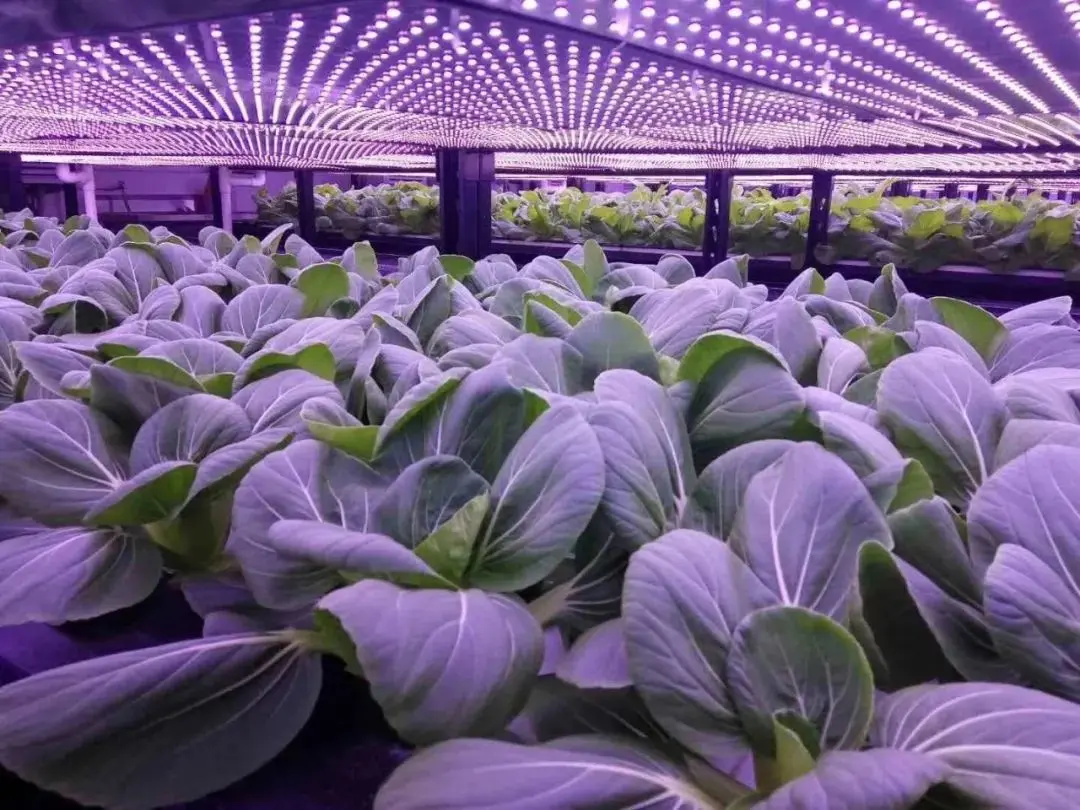
Key Updates
1. Additional Requirements for Coating Structures, Related Testing, and Warning Labels
1.1 Coating Requirements:
- Coating materials must have QMJU2 certification (Coatings for Use on Recognized Printed Wiring Boards) and consider the material's Thermal Index (TI or RTI), which should be higher than the temperature rise test data.
- If the luminaire housing or baffle is made of plastic and is exposed to sunlight or UV light, the plastic must have UV resistance parameters (i.e., marked as (f1)) per ul 1598 Section 17.5 or UL 746C.
- Coatings must comply with UL 746E and meet the following criteria:
- Temperature application requirements
- Suitability for the lighting fixture’s operating environment
- Minimum thickness requirements
- Compatibility with printed circuit board materials
- Ability to pass relevant tests
1.2 Required Testing:
Coatings must pass the following tests:
- Dielectric Voltage Withstand Test
- Barrier Strength Test
- Polymeric Impact Test
The RTI value (Relative Thermal Index) must exceed the temperature test value.
1.3 Warning Labels:
Luminaires must be labeled with "Not For Residential Use", and the font size and format must comply with specific requirements.
2. New Requirements and Warnings for Indoor Wet Environments
2.1 Environmental Requirements:
Luminaires must be capable of withstanding humid environments and meet corresponding moisture resistance ratings.
2.2 Testing Requirements:
Testing includes the Humidity Conditioning Test to ensure proper operation and safety in humid conditions.
2.3 Warning Labels:
Clear warnings and instructions must be provided regarding use in humid environments.
3. Updates to Photobiological Safety Warnings and User Manuals
3.1 Photobiological Safety:
- In accordance with IEC 62471 (non-GLS - general lighting services), an assessment must be conducted within 20 cm of the luminaire for all wavelengths between 280-1400 nm to determine its photobiological safety classification.
- The photobiological safety classification must be one of the following:
- Risk Group 0 (Exempt)
- Risk Group 1
- Risk Group 2
- If the luminaire's replaceable light source is a fluorescent lamp or HID lamp, photobiological safety evaluation is not required.
3.2 Warning Labels and User Manual:
Luminaires must include detailed warnings and instructions regarding photobiological safety, guiding users to operate them correctly and avoid potential eye and skin exposure risks.
4. New Requirements for Low-Voltage or Class 2 Power Supply Horticultural Lighting
4.1 Electrical Safety:
Horticultural lighting fixtures powered by low-voltage systems or Class 2 power supplies must comply with specific electrical safety requirements.
4.2 Testing and Certification:
These devices must undergo appropriate testing and certification to ensure compliance with low-voltage power system safety standards.
The updated UL 8800 standard introduces significant technical changes across multiple areas to accommodate new structures and safety requirements in horticultural lighting. These updates aim to enhance the safety, reliability, and performance of horticultural lighting equipment, providing clearer and more specific guidelines for both users and manufacturers.
Email:hello@jjrlab.com
Write your message here and send it to us
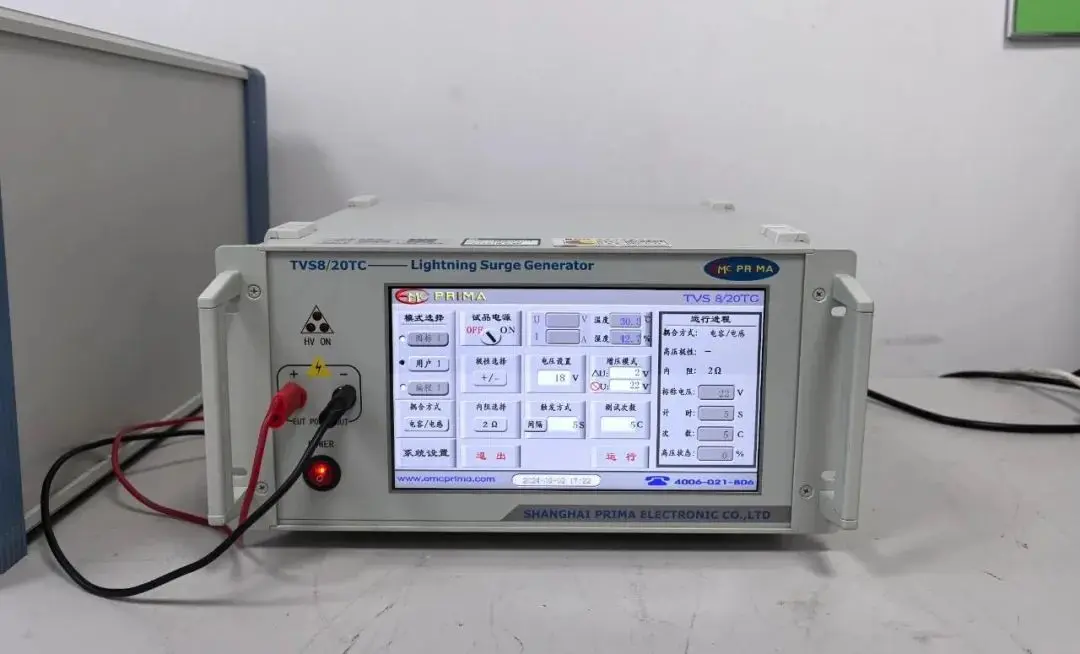 Amazon UL Standard Test Report
Amazon UL Standard Test Report
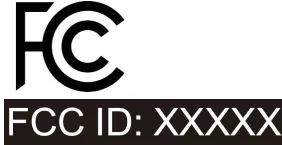 When Can FCC ID Modifications Be Filed?
When Can FCC ID Modifications Be Filed?
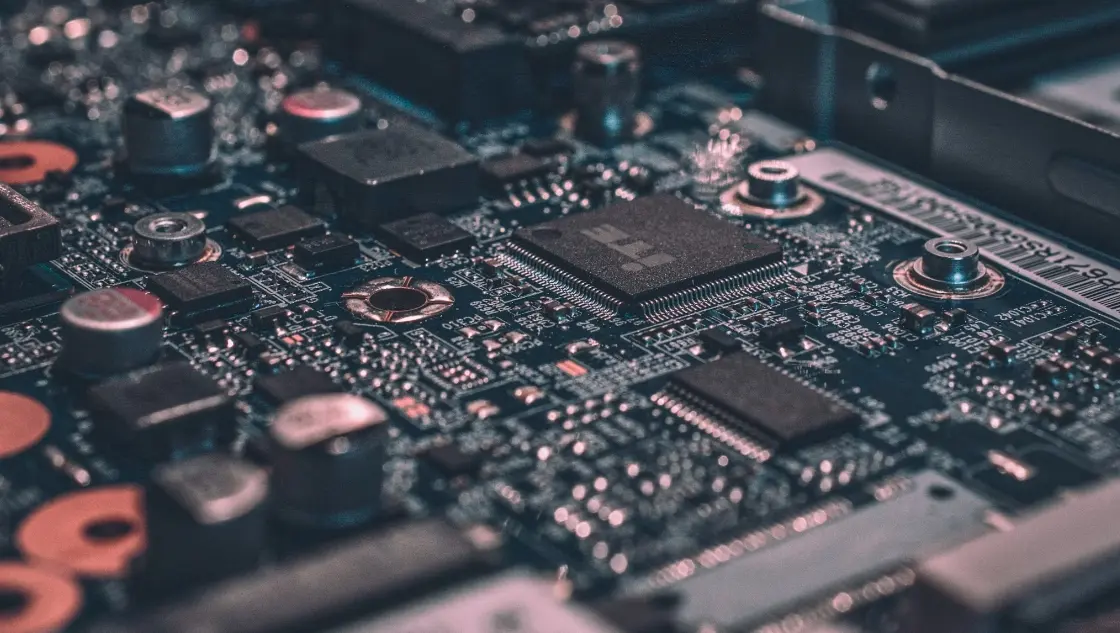 LoRa Certification Testing Laboratory
LoRa Certification Testing Laboratory
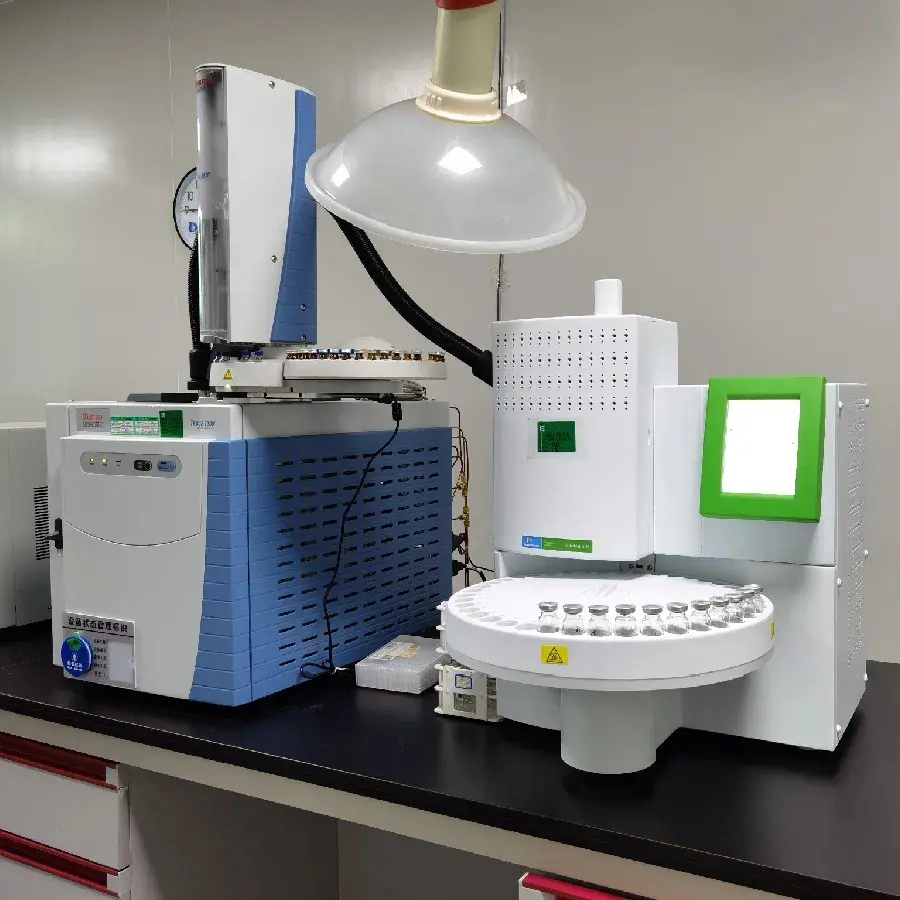 Blood Pressure Monitor Certification Testing Servi
Blood Pressure Monitor Certification Testing Servi
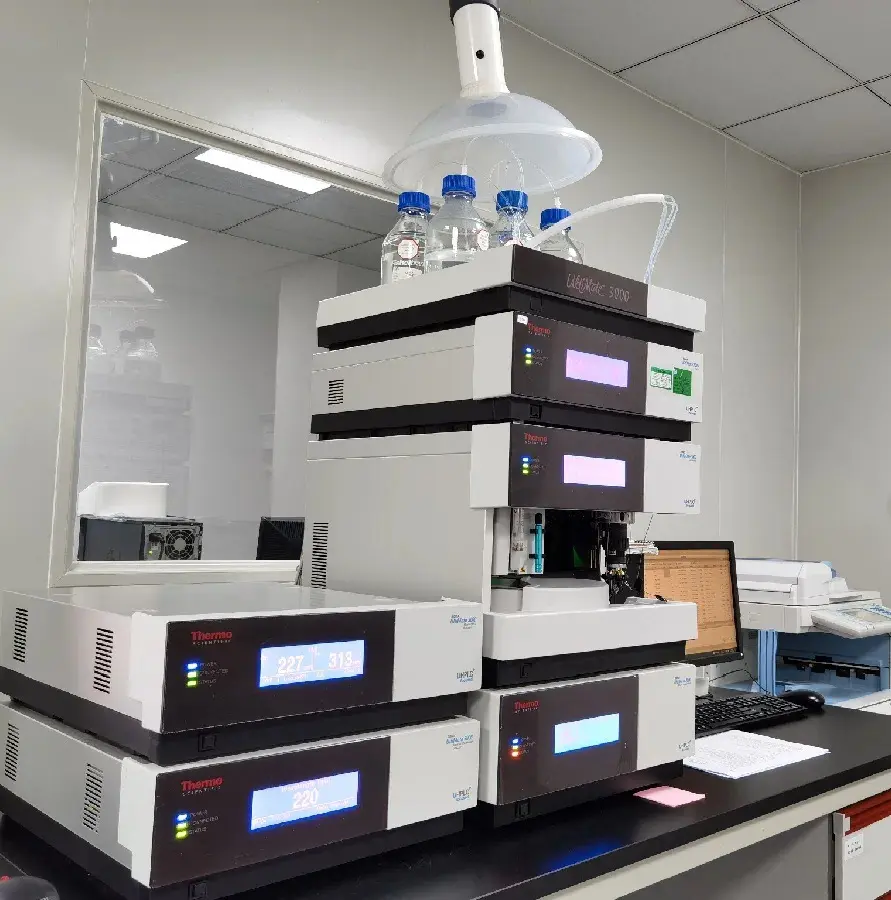 ECG Device Certification Testing
ECG Device Certification Testing
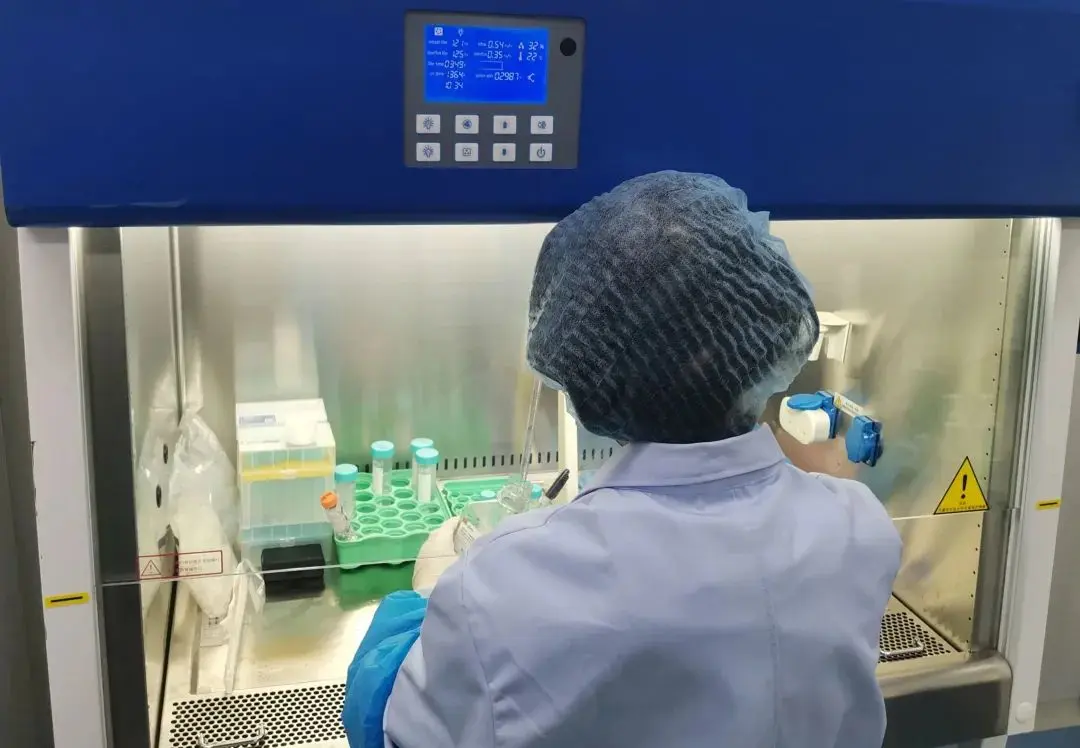 Pulse Oximeter Certification and Testing Standards
Pulse Oximeter Certification and Testing Standards
 IVD Medical Device GB 4793:2024 Test Report
IVD Medical Device GB 4793:2024 Test Report
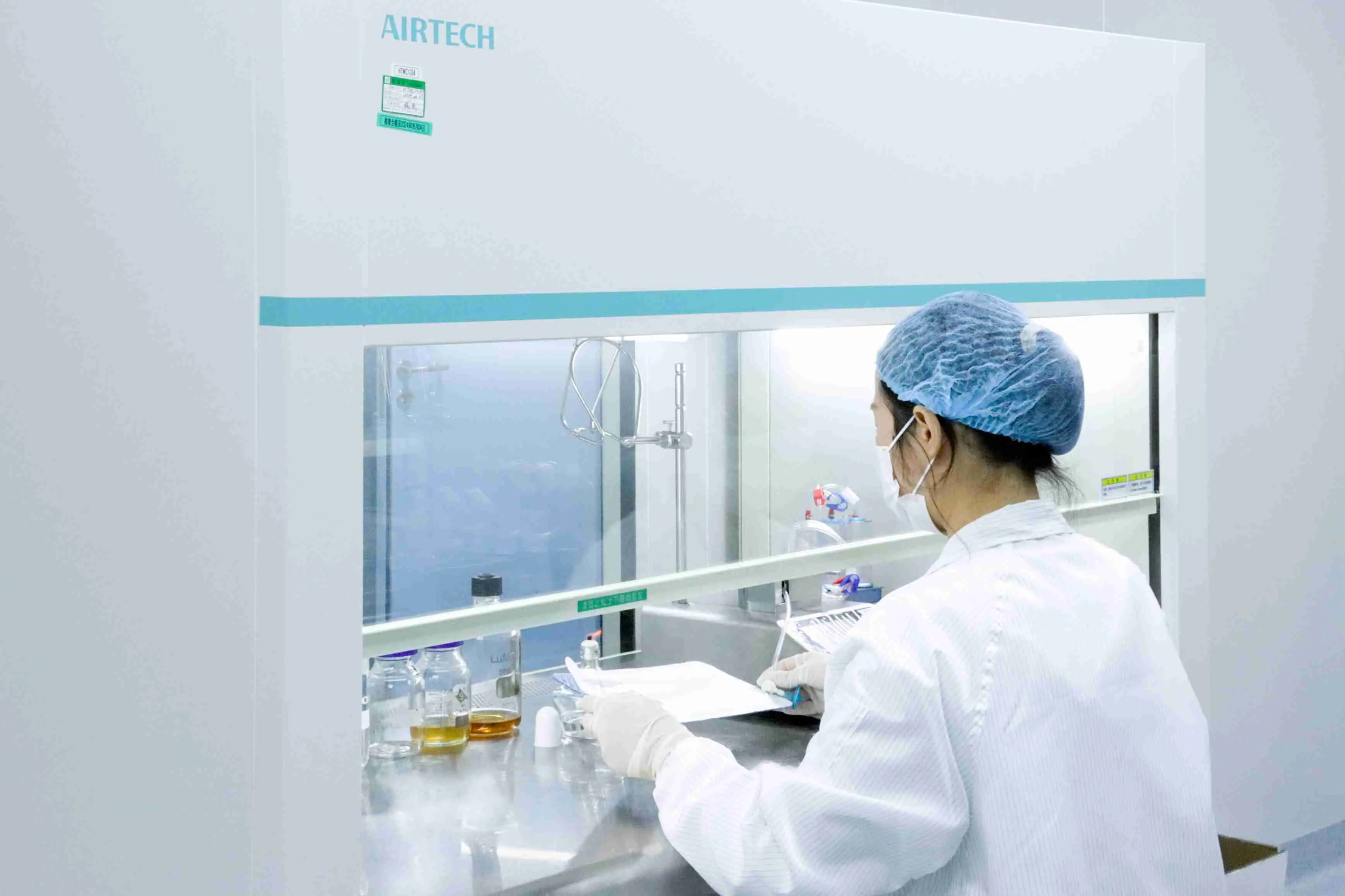 IECEE CBTL Testing Laboratory for IVD Medical Devi
IECEE CBTL Testing Laboratory for IVD Medical Devi
Leave us a message
24-hour online customer service at any time to respond, so that you worry!




